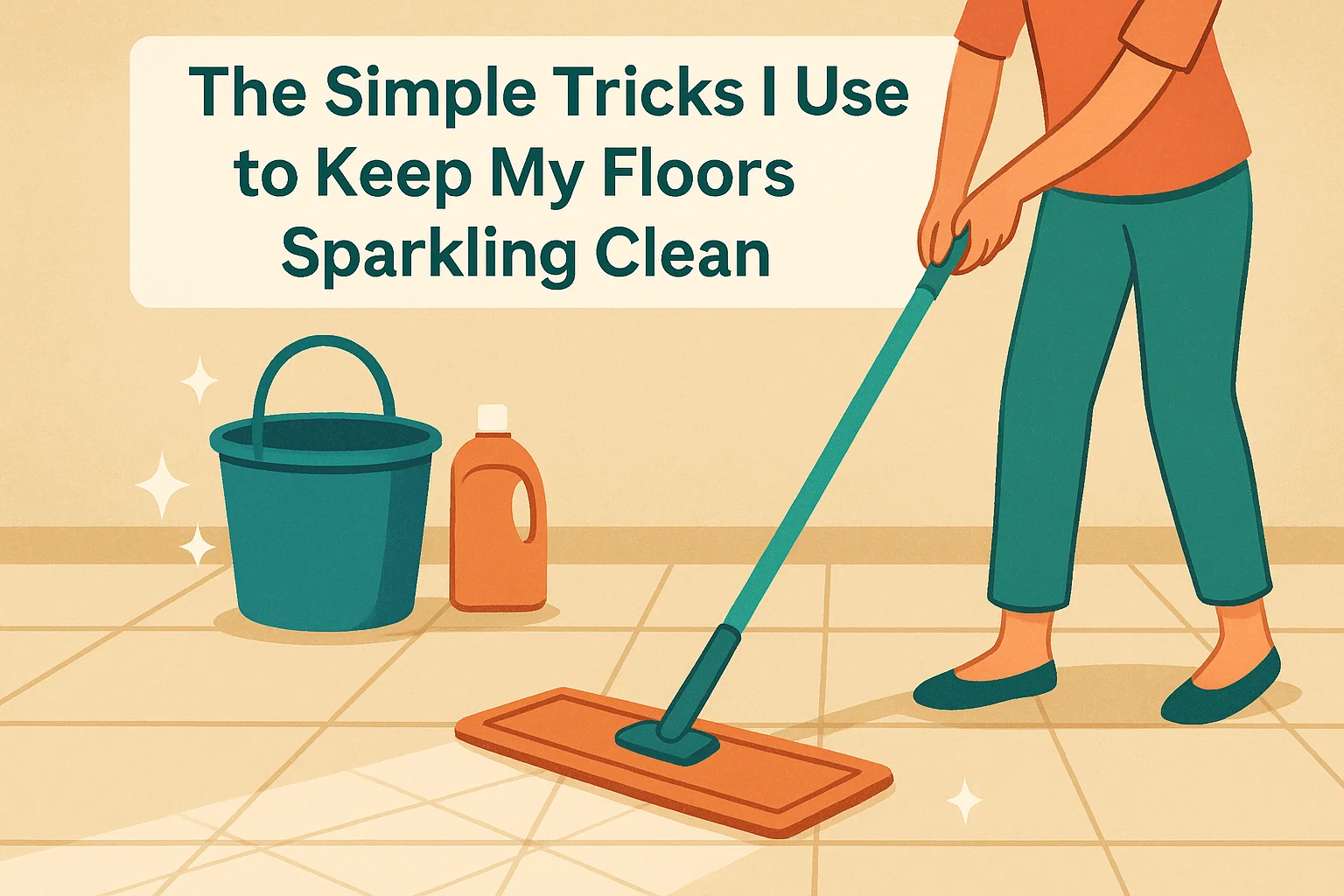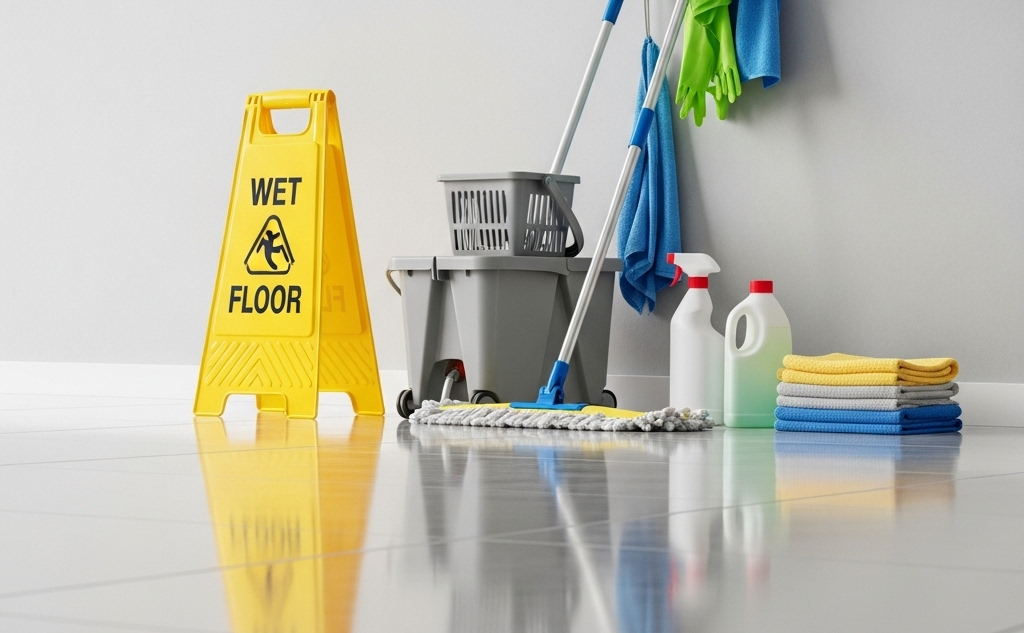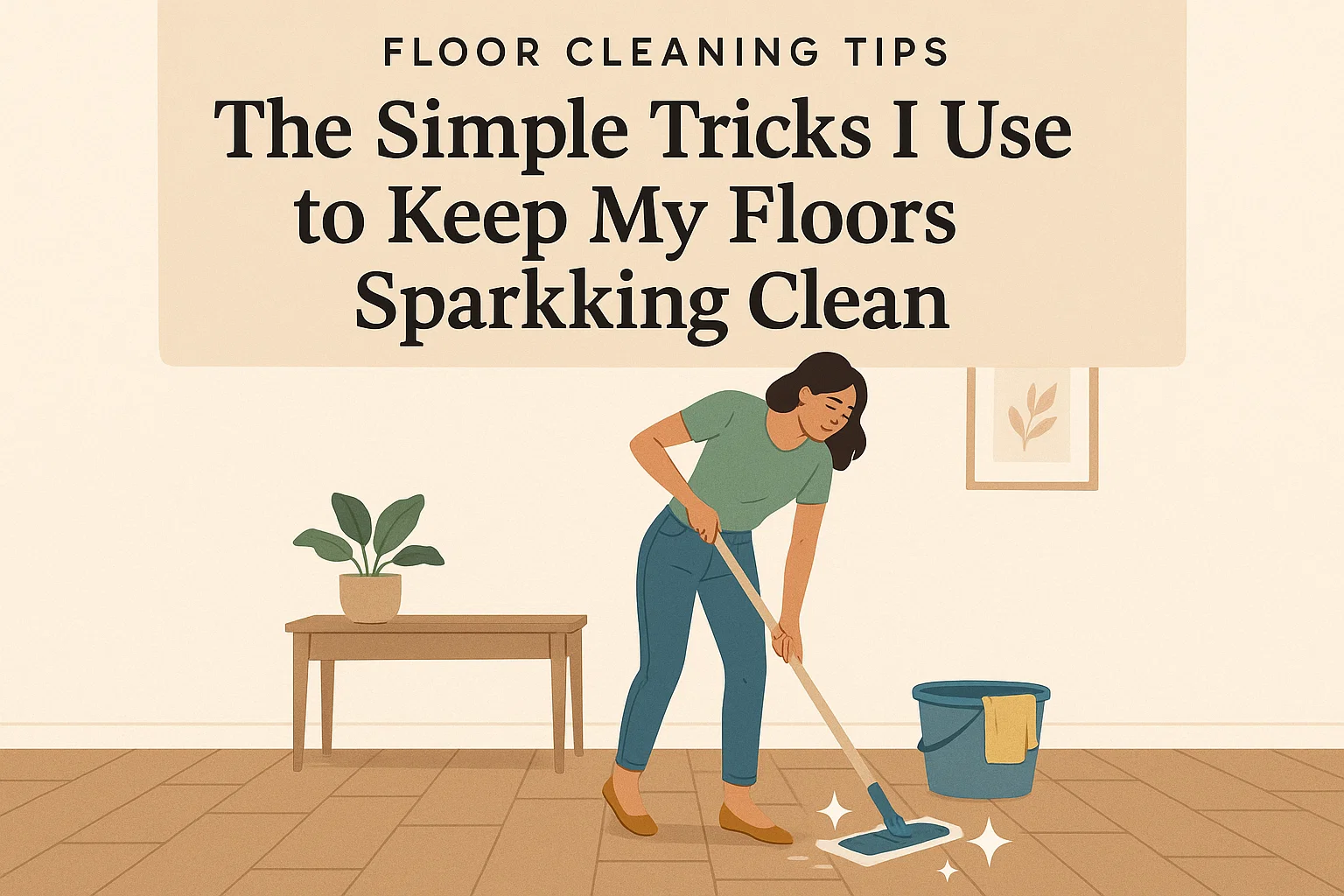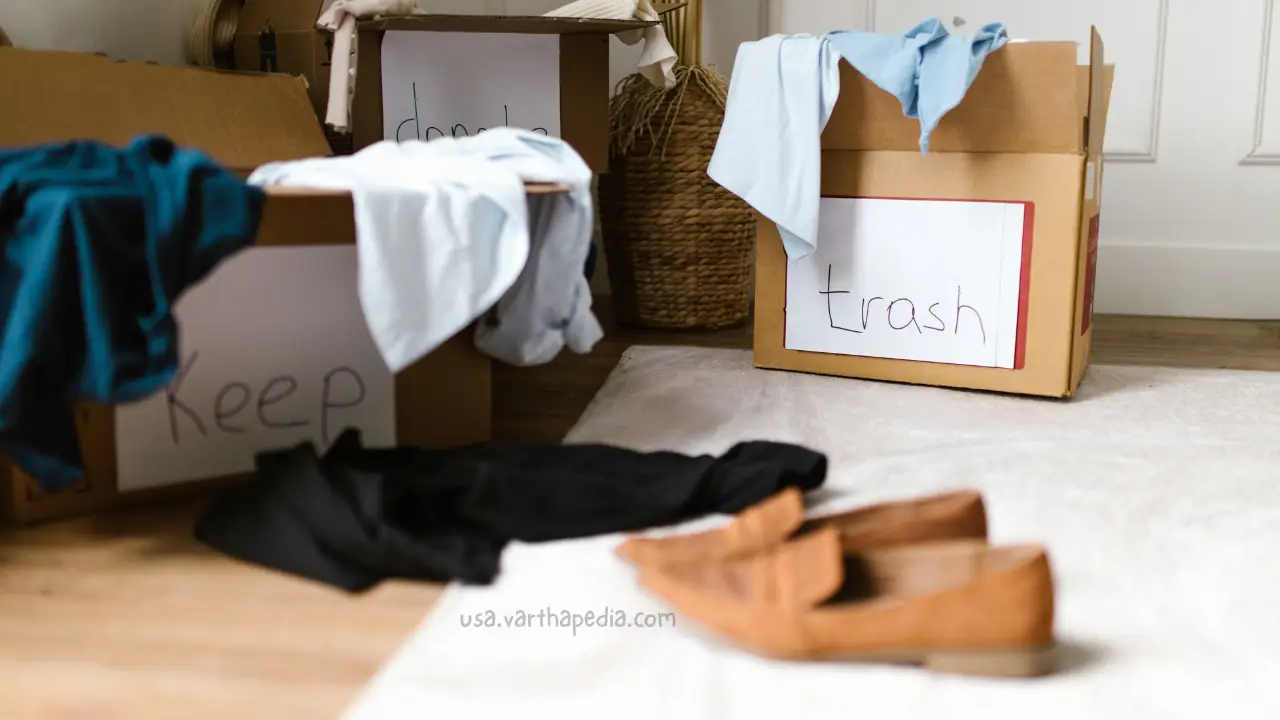Keeping floors sparkling clean is a challenge that many of us face daily. From the moment dirt and dust accumulate to the risk of streaks and buildup, floors require careful attention to maintain their shine and durability. Over the years, I have developed simple yet effective tricks that help me keep my floors looking pristine with minimal effort. This article shares my personal floor-cleaning routine, practical tips, and expert advice to help you achieve similar results in your home or workplace.

Understanding the Importance of Proper Floor Cleaning
Floors are high-traffic surfaces that collect dirt, dust, grime, and spills continuously. According to cleaning experts, neglecting regular cleaning can lead to buildup that damages floor materials and shortens their lifespan. Keeping floors clean also supports a healthy living environment by reducing allergens and bacteria. The key is not just frequent cleaning but knowing how to clean different floor types correctly, including hardwood, tile, vinyl, and linoleum, to avoid damage and maintain appearance.
My Floor Cleaning Routine: Simple and Effective Steps
1. Start with Thorough Dirt Removal
I always begin by sweeping or vacuuming the floors to remove loose dirt and debris. This step is crucial because mopping before removing dust can just spread the dirt around or create muddy streaks. For hardwood and tile floors, I use a vacuum with a soft brush attachment to avoid scratching. Dust mops work well for quick pick-ups, especially in commercial spaces where dust accumulates rapidly.
2. Choose the Right Cleaning Solution
Different floors require different cleaners to avoid damage. For example, a mild mixture of one-quarter cup of white vinegar to one gallon of warm water makes an excellent natural cleaner for tile and vinyl floors without harming grout or surfaces. For hardwood floors, I prefer neutral pH cleaners specifically designed for wood to protect the finish. Avoid harsh chemicals and abrasive cleaners, as they can strip protective coatings and cause discoloration.
3. Mop in Small Sections with Proper Technique
Rather than mopping large floor areas at once, I divide floors into smaller sections, approximately 3-by-3 feet or 5-by-5 feet depending on the room size. This approach ensures the cleaning solution does not dry too quickly on the surface, which can leave streaks or spots. Using a flat mop with microfiber cloths, I gently mop each section, following the grain of the floor in case of wood or textured surfaces to prevent streaking.

4. Keep Mop Heads Clean and Dry
It is essential to rinse and clean mop heads regularly during floor cleaning sessions to avoid redistributing dirt. I replace or wash mop heads frequently, especially when cleaning bigger areas, to maintain their effectiveness. After mopping, I dry the floor thoroughly with a clean microfiber cloth or dry mop to prevent water damage and streaks, particularly important for hardwood floors.
5. Pay Attention to Grout and Edges
Grout often collects stubborn dirt and grime. I use an old toothbrush or a grout brush with the same vinegar and water solution to scrub grout lines. This targeted cleaning can make a significant difference in the overall appearance of tiled floors. Edges and corners are other often neglected spots that I clean carefully using smaller brushes or cloths.

Expert Insights and Statistics
According to Jan-Pro Professional Cleaning Services, regular deep cleaning of floors extends floor life and improves appearance by removing buildup that normal mopping may not address. Their recommended methods, such as gentle scrubbing of grout and proper drying, align well with my personal routine.
The U.S. Environmental Protection Agency notes that using microfiber mops can reduce the need for chemicals and water, making cleaning safer and more environmentally friendly while maintaining hygiene standards.
A professional cleaning expert on YouTube emphasized starting floor cleaning with a vacuum, mopping with a diluted, gentle cleaner like powdered detergent in hot water, and finishing with a second vacuuming pass to pick up dislodged dust and hairs for spotless floors.
Common Mistakes to Avoid in Floor Cleaning
One mistake I see often is using too much water, especially on wood floors. Excess moisture can cause warping and damage over time. Another error is neglecting mop maintenance—dirty mops only spread germs and leave streaks. Some people also make the error of ignoring manufacturer guidelines, which can void warranties or reduce floor life.
Benefits of a Consistent Floor Cleaning Routine
By following these simple tricks regularly, I enjoy floors that look clean and inviting, which contributes positively to the feel of my living space. A well-maintained floor also protects investments in home fixtures and prevents costly repairs down the road. It improves indoor air quality by reducing dust and allergens and makes floor surfaces safer by reducing slippery residues.
FAQs
1. How often should I deep clean my floors?
A. Deep cleaning depends on floor type and traffic—generally, a monthly deep clean is recommended for most homes with regular foot traffic. For commercial spaces, weekly or even daily cleaning might be necessary.
2. Can I use vinegar on hardwood floors?
A. White vinegar diluted in water can be used cautiously on sealed hardwood floors but should never be used undiluted. Always test a small area first, and avoid excessive wetness.
3. What kind of mop is best for hardwood floors?
A. A microfiber flat mop is ideal because it traps dirt without scratching and uses minimal water. Avoid string mops that can saturate floors.
4. How do I prevent streaks on tile floors?
A. Mop in small sections, use a well-wrung mop, and dry the floor promptly after mopping. Going with the grain or pattern on the tile also helps.
5. Is it necessary to vacuum or sweep before mopping?
A. Yes, removing dust and debris before mopping prevents spreading dirt and ensures a cleaner finish.
Conclusion
Keeping floors sparkling clean is achievable with a simple, consistent routine that involves proper preparation, selecting the right cleaners, and applying good technique. Through years of experience, I have learned that attention to detail, such as cleaning mop heads and drying floors immediately, makes all the difference. By following these straightforward tricks and expert guidance, you too can maintain beautiful, long-lasting floors that enhance the comfort and cleanliness of your home or workplace.

